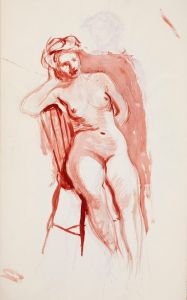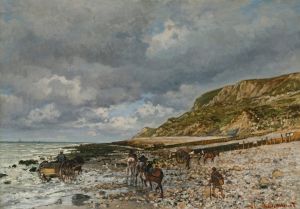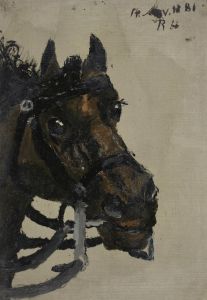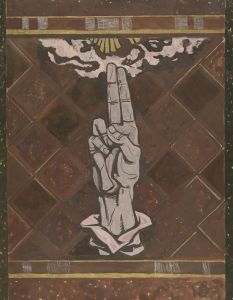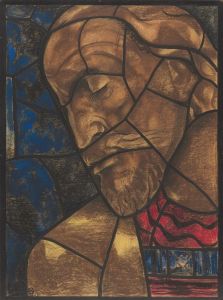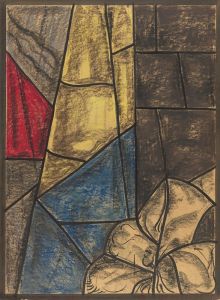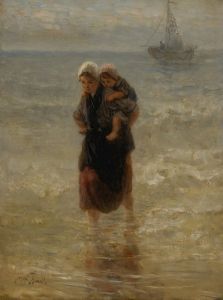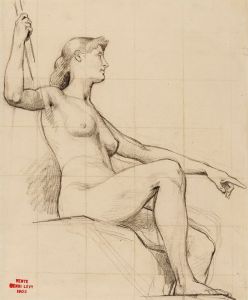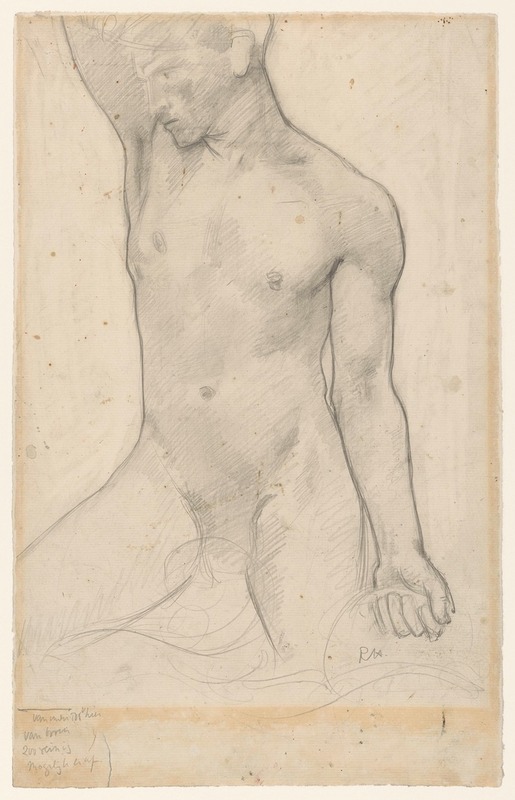
Staand mannelijk naakt in de golven
A hand-painted replica of Richard Nicolaüs Roland Holst’s masterpiece Staand mannelijk naakt in de golven, meticulously crafted by professional artists to capture the true essence of the original. Each piece is created with museum-quality canvas and rare mineral pigments, carefully painted by experienced artists with delicate brushstrokes and rich, layered colors to perfectly recreate the texture of the original artwork. Unlike machine-printed reproductions, this hand-painted version brings the painting to life, infused with the artist’s emotions and skill in every stroke. Whether for personal collection or home decoration, it instantly elevates the artistic atmosphere of any space.
Richard Nicolaüs Roland Holst (1868–1938) was a Dutch painter, draftsman, and designer associated with the Symbolist movement. He is known for his murals, portraits, and allegorical works, as well as his contributions to book design and decorative arts. One of his lesser-known works, Staand mannelijk naakt in de golven (Standing Male Nude in the Waves), reflects his interest in the human figure and his skill in capturing form and movement.
Staand mannelijk naakt in de golven is a study of a nude male figure standing amidst waves, rendered in a naturalistic yet stylized manner. The artwork demonstrates Roland Holst's mastery of anatomy and his ability to convey a sense of vitality and presence. The figure is depicted in a dynamic pose, suggesting interaction with the surrounding water, which is represented with fluid, rhythmic lines. The composition emphasizes the harmony between the human body and nature, a theme that aligns with the Symbolist interest in exploring universal and spiritual connections.
The medium and exact date of creation for this work are not definitively documented, but it is consistent with Roland Holst's broader body of work, which often featured allegorical and symbolic elements. His artistic style was influenced by the Arts and Crafts movement and the work of contemporaries such as Jan Toorop. Roland Holst's approach to art was deeply rooted in his belief in the social and spiritual role of the artist, and his works often sought to transcend mere representation to evoke deeper meanings.
While Staand mannelijk naakt in de golven is not among Roland Holst's most famous pieces, it provides insight into his artistic process and his exploration of the human form. The work may have been created as part of a study or preparatory work for a larger project, as Roland Holst frequently incorporated figures into his murals and other large-scale compositions. However, specific details about the context or purpose of this particular piece remain unclear.
Richard Roland Holst was married to the poet and socialist Henriette Roland Holst, and their shared ideals often influenced his artistic endeavors. He was also a prominent teacher at the Rijksakademie van beeldende kunsten in Amsterdam, where he mentored a generation of Dutch artists.
Due to limited documentation, further details about Staand mannelijk naakt in de golven are scarce. The artwork remains a testament to Roland Holst's skill and his engagement with themes of nature, humanity, and spirituality.








